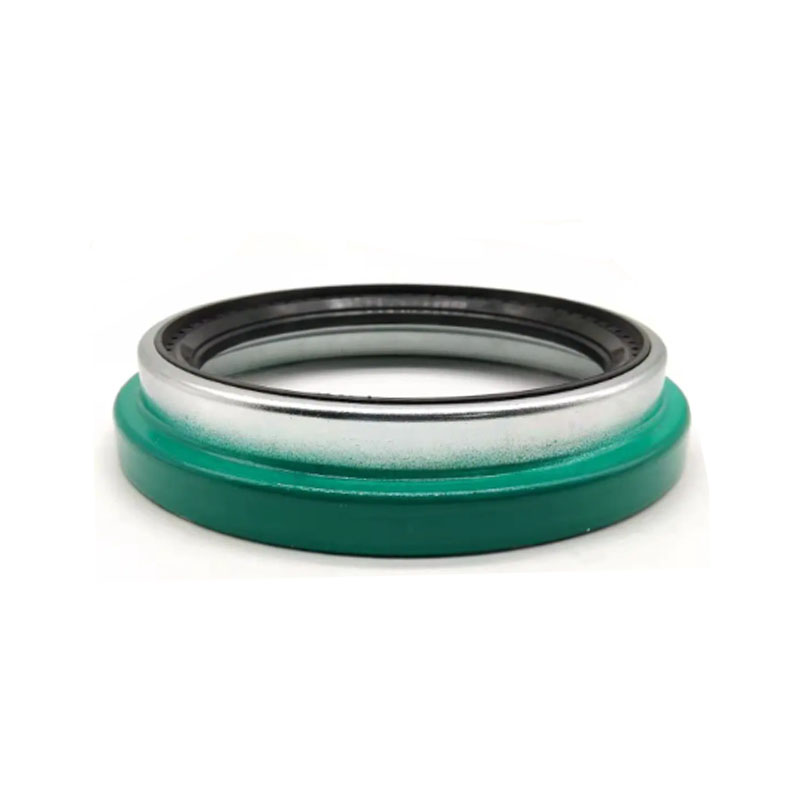Understanding the Role of Cryogenic O-Rings in Aerospace and Industrial Applications
The Significance of Cryogenic O-Rings in Modern Technology
O-rings play a crucial role in various engineering applications, especially in environments where extreme temperatures are a factor. Among these, cryogenic O-rings are specifically designed for use in applications that operate at low temperatures, typically below -150 degrees Celsius (-238 degrees Fahrenheit). These seals are vital in industries such as aerospace, LNG (liquefied natural gas) production, and research institutions working with superconducting materials.
The Function of O-Rings
O-rings are circular gaskets used to create a static or dynamic seal between two surfaces. They prevent the escape of fluids or gasses and are fundamental in ensuring the integrity of various systems. The problem arises when temperatures drop to cryogenic levels, as most conventional materials become brittle and can fail under these conditions. Therefore, the material and design of cryogenic O-rings must withstand these extreme conditions without compromising performance.
Material Selection
The selection of materials for cryogenic O-rings is critical. Common materials include fluorocarbon elastomers (like Viton), silicone rubber, and specialty compounds like PTFE (polytetrafluoroethylene). Each material has unique properties that make it suitable for specific applications. For instance, PTFE exhibits excellent chemical resistance and low friction, making it a preferred choice in applications involving aggressive fluids. Conversely, elastomers like silicone can maintain flexibility and seal integrity even at low temperatures, which is essential for cryogenic systems.
cryogenic o rings

Applications of Cryogenic O-Rings
One of the most significant applications of cryogenic O-rings is in the aerospace industry. They are used in rocket propulsion systems, where fuels such as liquid oxygen and liquid hydrogen must be stored at extremely low temperatures. The integrity of these seals is paramount, as any leakage could lead to catastrophic failures during launches. Similarly, cryogenic O-rings are essential in LNG facilities, where gases are cooled to liquid form for transport. Ensuring airtight seals prevents dangerous leaks and enhances safety.
Challenges and Innovations
The demand for reliable and efficient cryogenic sealing solutions has spurred innovations in the design and material science of O-rings. Engineers are continuously researching new compounds that offer better resistance to cryogenic temperatures and pressure variations. Furthermore, advancements in manufacturing techniques allow for more precise tolerances in O-ring production, which helps enhance their reliability.
Conclusion
Cryogenic O-rings are vital components in modern technological applications that operate under extreme conditions. Their ability to maintain a reliable seal at low temperatures makes them indispensable in various industries, especially aerospace and energy. As technology progresses and the demand for cryogenic applications grows, ongoing research and development will ensure that cryogenic O-rings continue to evolve, providing safer and more efficient solutions for the challenges of high-performance systems. Their significance cannot be overstated, as they contribute to innovations that shape the future of science and engineering.
-
Understanding the Front Main Engine Seal: Purpose, Maintenance, and Installation
News Jul.29,2025
-
Understanding O-Rings and Seal Rings: Types, Applications, and Custom Solutions
News Jul.29,2025
-
Understanding Crankshaft Oil Seals: Rear Seals, Pulley Seals, and Their Role in Engine Integrity
News Jul.29,2025
-
The Importance of Front and Rear Crankshaft Seals in Engine Performance and Oil Management
News Jul.29,2025
-
Crank Oil Seals: Functions, Types, and Cost Considerations in Engine Maintenance
News Jul.29,2025
-
A Comprehensive Guide to O-Rings and Seals: Types, Materials, and Global Applications
News Jul.29,2025
-
Mastering Diesel and Performance Engine Maintenance: A Guide to Critical Oil Gaskets
News Jul.28,2025
Products categories















